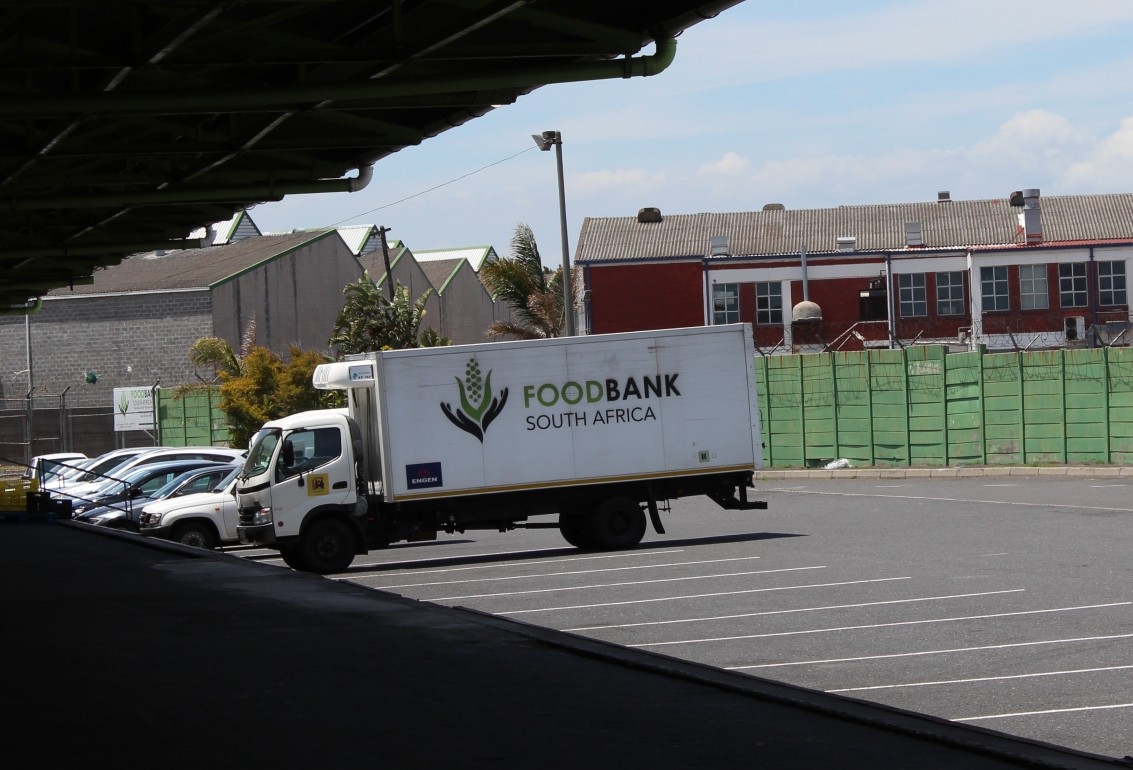If you want to pick a fight with me, just tell me we need genetically modified food in order to feed the world’s growing population. It won’t take more than a few seconds before I am ranting and raving. There is more than enough food to feed the world, but people still go hungry. That’s because the problem is not food supply, it’s economics. Capitalism won’t allow us to feed people cheaply because it will affect the price of the food that is being sold by big corporates.
Did you know that globally, on average, 30% of food is lost? This loss is either happens either on the production side or on the retail side. The production side refers to the process from harvest to shelf and in that process food can get damaged, be misshapen, go rotten, etc. The retail side is the time from being on the supermarket shelf to being eaten and waste on this side can be unsold goods which are past sell-by date, unused groceries which go off in our fridge and wasted food left over from meals. This National Geographic article goes into detail about this, with scary statistics. The article does look at the situation globally, but a lot of the focus is on America. We may be tempted to think that South Africa is different, but unfortunately the research seems to show that we are worse!
This article is not about food waste and what you can do to reduce the problem, although I do encourage you to be more aware of what food you buy and what food you throw away. Most household food waste can be eradicated by more careful purchasing and use. The real purpose of this article is to introduce you to Food Bank South Africa. This organisation does amazing work in taking food waste and converting it into nutritious meals which are then supplied to organisations which feed those in need.
A big problem with food waste is that it mostly happens in bulk. Imagine a farmer has a truckload of cabbages that he can’t sell for some reason. What must he do with them? He can’t drive around giving 10 cabbages to this place and that place. And what would an organisation do with a ton of cabbages? This is where Food Bank comes in. They will take the cabbages, along with a ton of fruit from another farmer and some food at sell-by date from local retailers and they will combine these elements into packages of ingredients that can be used to make nutritious meals. Organisations can then collect these packages and use them to feed those who would otherwise go hungry. Many retailers donate items as part of the corporate social investment, these flawless items are often used to fill any gaps that donations may not cover.
Food Bank relies heavily on its relationships with retailers. I was actually introduced to Food Bank SA through a campaign that Shoprite is doing called #ShareForGood. Shoprite has donated 10 000 food buckets and is encouraging everyone to #ShareForGood in some way this festive season. I had a look through the contents of the food buckets and it’s a great combination of staples and treats, those families that receive the Shoprite buckets will not be going hungry this Christmas.
Shoprite gave me 100 food buckets to give to a worthy cause of my choice. Foodbank SA introduced me to an organisation called Urban Rural which provides nutritious meals where they are needed, like schools, HIV clinics, TB clinics, etc. They decided that my 100 food buckets would be perfect for a school in Langa that they assist. They give the children a meal every day that they attend school because many of them have no food at home. Thanks to Shoprite, those kids are taking home a food bucket so that their whole family can eat this Christmas.
After we handed over the food buckets, I went and had a tour of the Food Bank SA warehouse. This is a proper operation. Food Bank SA has a presence in the big cities around the country and the Cape Town warehouse is also home to the national administration office. All foods that come into the warehouse get captured on their system. When the food leaves the warehouse that is also tracked and the recipient is recorded. This not only provides them with a current stock list, it also allows them to track the food in case there is an issue and they have to recall something.
To give you an idea of volumes, Food Bank South Africa facilitates the provision of approximately 41,500 meals daily! I think this is incredibly important work and worthy of our support. So how can you help? Check out the Food Bank South Africa website and click on the ‘Get Involved’ tab. Apart from donations of food or money, you can also help when they have special ‘packing days’, where you can help sort food.
This Christmas, why not follow Shoprite’s lead and #ShareForGood? Donate some food to those around you who are in need.





